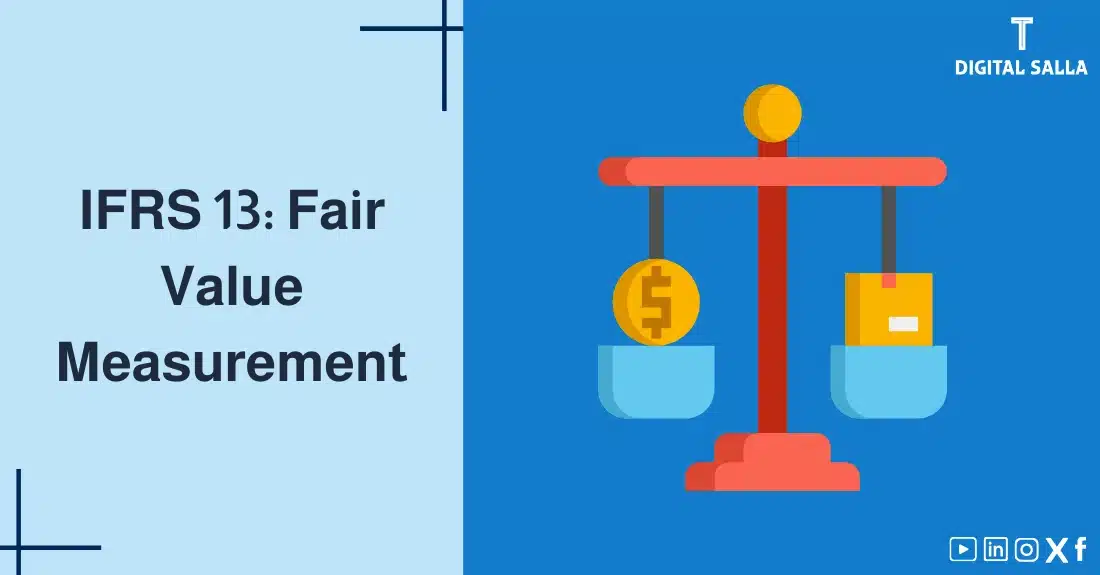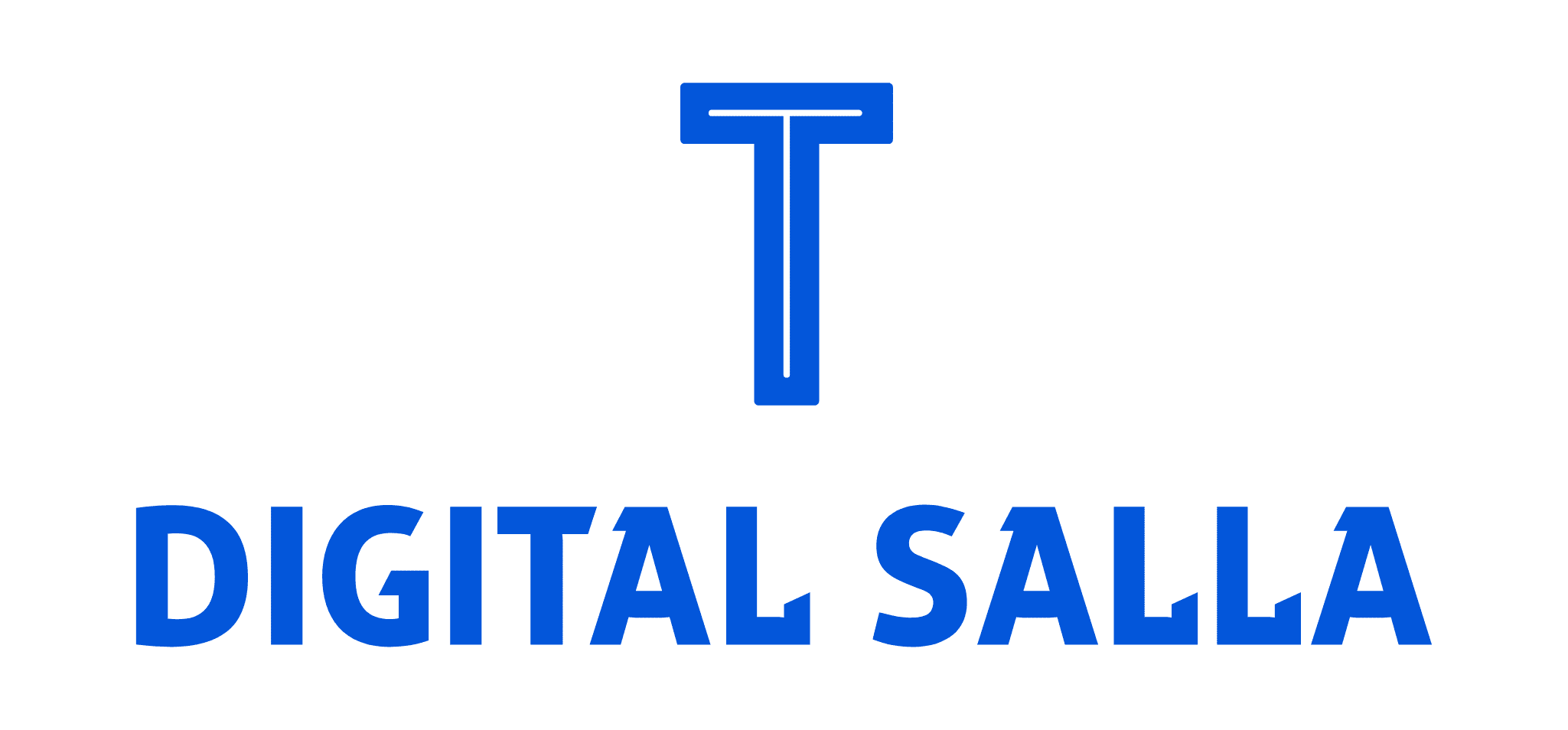IFRS 13 Standard: Fair Value Measurement

one of the most important international financial reporting standards. It provides a comprehensive framework for measuring the fair value of assets and liabilities when required or permitted by other IFRS standards. IFRS 13 Standard aims to increase consistency and comparability in fair value measurements and related disclosures.
In this article, we provide a detailed explanation of IFRS 13 STANDARD, discussing its definition, objectives, and scope, with a focus on the fair value hierarchy, valuation techniques, disclosure requirements, and the significance of this standard and its impact on financial statements.
What is Fair Value?
Fair value is the price that would be received to sell an asset or paid to transfer a liability in an orderly transaction between market participants at the measurement date. It represents the amount that can be obtained from selling the asset or settling the liability in the principal (or most advantageous) market for the asset or liability.
What is IFRS 13 STANDARD: Fair Value Measurement?
IFRS 13 STANDARD is an international accounting standard that establishes a single framework for measuring fair value and imposes the necessary disclosure requirements related to fair value measurements. IFRS 13 STANDARD does not specify when fair value should be used but provides guidance on how to measure it when required or permitted by other IFRS standards.
Objectives of IFRS 13 STANDARD
- Establishing a unified framework for fair value measurement: This standard aims to standardize how fair value is measured for assets and liabilities across different IFRS standards.
- Enhancing consistency and comparability of fair value measurements: IFRS 13 STANDARD improves consistency and comparability among companies by providing a single measurement framework.
- Improving fair value measurement disclosures: The standard imposes comprehensive disclosure requirements to increase the transparency and reliability of fair value measurement information.
- Providing useful information for financial statement users: IFRS 13 STANDARD helps users of financial statements understand how fair value is measured and assess the risks and returns associated with these assets and liabilities.
Scope of IFRS 13 STANDARD
IFRS 13 STANDARD applies when another IFRS standard requires or permits the measurement of an asset or liability at fair value or the disclosure of fair value measurements.
However, IFRS 13 STANDARD does not apply to:
- Share-based payment transactions (covered under IFRS 2).
- Lease transactions (covered under IFRS 16).
- Measurements that are similar to fair value but not classified as fair value, such as net realizable value under IAS 2 (Inventories) or value in use under IAS 36 (Impairment of Assets).
Fair Value Hierarchy
IFRS 13 STANDARD establishes a fair value hierarchy that classifies inputs used in fair value measurement into three levels:
- Level 1: Quoted (unadjusted) prices in active markets for identical assets or liabilities. These inputs are the most reliable.
- Level 2: Inputs other than quoted prices included in Level 1 that are observable for the asset or liability, either directly or indirectly.
- Level 3: Unobservable inputs for the asset or liability. These inputs rely on management estimates and assumptions and are considered the least reliable.
The fair value hierarchy aims to enhance consistency and comparability in fair value measurements by prioritizing observable market inputs.
Valuation Techniques
IFRS 13 STANDARD allows for different valuation techniques to measure fair value, provided they are appropriate under the circumstances and have sufficient data available. These techniques should maximize the use of observable inputs and minimize the use of unobservable inputs.
Common valuation techniques include:
- Market Approach: Uses prices and other relevant information from market transactions involving identical or comparable assets or liabilities.
- Income Approach: Converts future amounts (such as cash flows, income, or expenses) into a single present value (discounted). This approach relies on present value techniques.
- Cost Approach: Reflects the amount that would be required currently to replace the asset’s service capacity (current replacement cost).
Disclosure Requirements under IFRS 13 STANDARD
The standard imposes comprehensive disclosure requirements to enable users of financial statements to evaluate:
- The valuation techniques and inputs used to measure fair value.
- The impact of fair value measurements using significant unobservable inputs (Level 3) on profit or loss or other comprehensive income.
Required disclosures include:
- Fair value at the measurement date.
- The level of the fair value hierarchy in which the measurement falls.
- A description of the valuation techniques and inputs used in fair value measurement.
- A reconciliation of the opening and closing balances for Level 3 fair value measurements, highlighting changes during the period.
- A description of the valuation processes applied by the entity.
- Sensitivity analysis for changes in unobservable inputs.
- Any transfers between levels within the fair value hierarchy.
Significance of IFRS 13 STANDARD for Financial Statement Users
This standard provides valuable information for financial statement users, such as investors and analysts, helping them to:
- Understand how fair value is measured for assets and liabilities.
- Assess the quality and reliability of fair value measurements.
- Analyze the impact of fair value measurements on an entity’s financial position and performance.
- Compare fair value measurements across different companies.
- Make more informed investment and financial decisions.
Challenges in Applying IFRS 13 STANDARD
- Determining the appropriate level within the fair value hierarchy: It can be difficult to classify fair value measurements into the correct level, especially when active markets do not exist for certain assets and liabilities.
- Choosing the right valuation technique: Selecting the appropriate valuation technique requires expertise and professional judgment, particularly for complex assets and liabilities.
- Obtaining reliable data: Reliable data may be difficult to obtain for use in valuation techniques, especially for Level 3 inputs (unobservable inputs).
- Conducting necessary analyses: Applying IFRS 13 STANDARD requires complex analyses, such as sensitivity analysis, to assess the impact of changes in inputs on fair value measurements.
The Role of Technology in Applying IFRS 13 STANDARD
Accounting software and Enterprise Resource Planning (ERP) systems facilitate the application of IFRS 13 STANDARD by:
- Automating fair value calculations using different valuation techniques.
- Providing tools to classify fair value measurements within the hierarchy.
- Managing data used in fair value measurements.
- Generating reports required for disclosure compliance.
Impact of IFRS 13 STANDARD on Financial Statements
- Statement of Financial Position: Affects how assets and liabilities measured at fair value are reported.
- Income Statement: Changes in fair value for certain assets and liabilities may impact net profit or loss.
- Other Comprehensive Income Statement: Some fair value changes may affect other comprehensive income.
- Disclosures: Expands the scope of disclosures regarding fair value measurement.
Examples of IFRS 13 STANDARD Application
- Investment Property Valuation: Companies owning investment properties can use IFRS 13 STANDARD to measure them at fair value, disclosing the valuation technique used and fair value hierarchy classification.
- Financial Instrument Valuation: Banks and financial institutions can use IFRS 13 STANDARD to measure complex financial instruments, such as derivatives, at fair value while disclosing key valuation inputs.
- Intangible Asset Valuation: Companies can measure intangible assets, such as trademarks, at fair value during business combinations, disclosing the key assumptions used in valuation.
Conclusion
IFRS 13 Standard Fair Value Measurement provides a unified framework for measuring fair value, ensuring consistency and comparability across financial statements. By establishing a clear fair value hierarchy and requiring transparent disclosures, this standard enhances the reliability of financial information used by investors, analysts, and other stakeholders.
Despite the challenges in applying IFRS 13 Standard, such as selecting appropriate valuation techniques and obtaining reliable data, advancements in accounting technology have facilitated compliance with its requirements. Understanding and correctly applying IFRS 13 Standard is crucial for companies, particularly those dealing with financial instruments, investment properties, and business combinations.
By adhering to IFRS 13 Standard, entities can provide more accurate and transparent financial statements, improving investor confidence and decision-making. Therefore, it remains a key standard in modern financial reporting, reinforcing the importance of fair value in assessing a company’s financial health.
